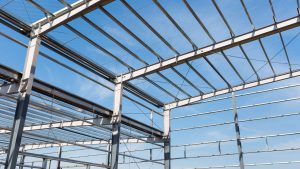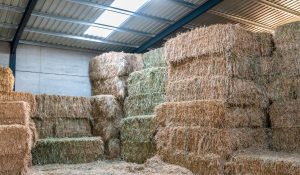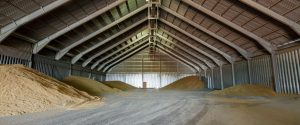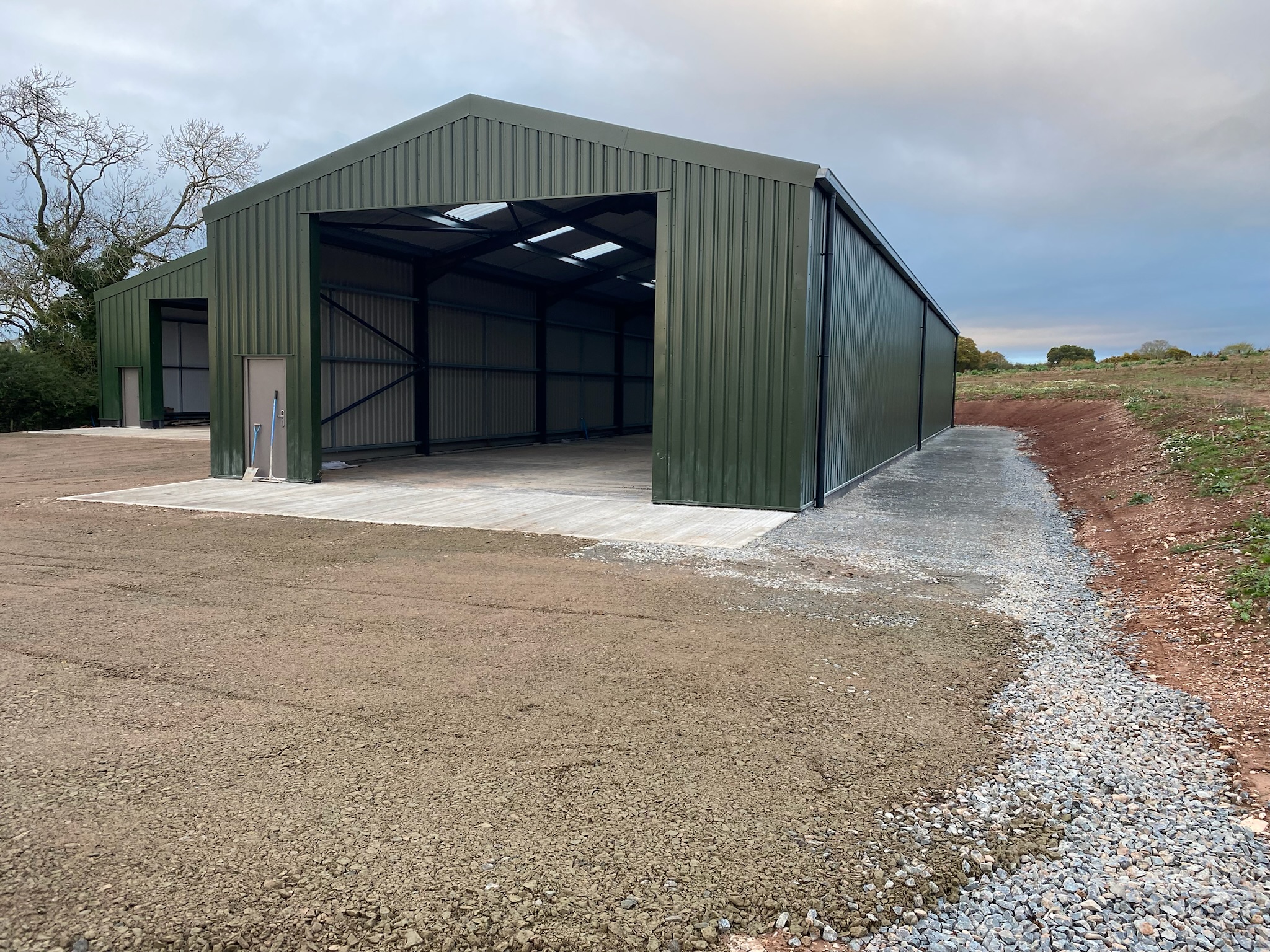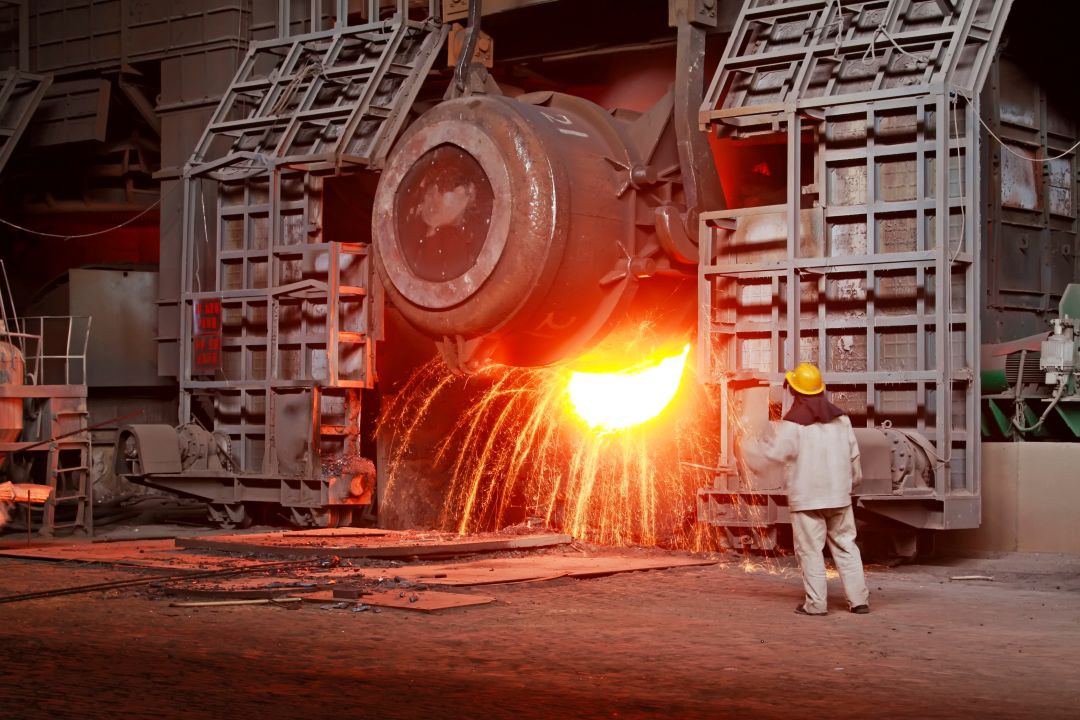Efficient storage solutions are crucial for various sectors, ranging from agriculture to commerce. With the increasing demand for adaptable and durable storage options, steel buildings have emerged as an optimal choice.
These structures offer unparalleled benefits in terms of strength, flexibility, and cost-effectiveness, making them a preferred option for modern storage needs.
Steel buildings provide a robust and versatile framework that can be tailored to meet specific storage requirements. Whether for agricultural equipment, industrial goods, or commercial inventory, steel structures offer a reliable and efficient solution.
This guide explores the various aspects of optimising storage solutions using steel buildings, highlighting their benefits, design considerations, and sustainable practices.
Benefits of Steel Buildings for Storage
Steel buildings are renowned for their durability and strength, capable of withstanding harsh weather conditions and heavy loads. This resilience ensures long-term protection for stored items, reducing maintenance costs and providing peace of mind.
Moreover, the inherent strength of steel allows for expansive, column-free interiors, maximising usable space.
Flexibility in design is another significant advantage of steel buildings. Customisable layouts and configurations enable the creation of tailored storage solutions that meet specific needs.
Additionally, steel structures are more cost-effective than traditional building materials due to their quicker construction times and reduced labour costs.
This affordability, combined with their durability, makes steel buildings a wise investment for storage facilities.
Design Considerations for Steel Storage Buildings
When designing a steel storage building, it is essential to assess storage needs and space requirements accurately. This involves considering the type and volume of items to be stored and planning the layout to ensure maximum efficiency.
Proper layout planning can enhance accessibility and streamline operations within the storage facility.
Insulation and climate control are critical for maintaining optimal storage conditions, particularly for temperature-sensitive items. Incorporating insulation and HVAC systems can protect stored goods from extreme temperatures and humidity.
Additionally, integrating security features such as reinforced doors, surveillance systems, and access controls can safeguard valuable inventory and provide secure storage solutions.
Case Studies of Optimised Steel Storage Solutions
In the agricultural sector, steel buildings serve as ideal barns and equipment sheds, offering ample space and protection for machinery and produce. Their adaptability allows for the installation of mezzanines and lofts, maximising vertical space for additional storage.
Similarly, industrial warehouses benefit from steel structures’ strength and customisability, accommodating heavy machinery and large inventories with ease.
Commercial storage solutions, such as retail inventory warehouses and archives, also benefit from steel buildings. The flexibility in design allows businesses to create efficient storage layouts that facilitate quick access and inventory management.
Personal storage needs, such as garages and garden sheds, can also be met with custom steel buildings, providing durable and weather-resistant solutions for everyday use.
Enhancing Storage Efficiency
Utilising vertical space is a key strategy in optimising storage efficiency within steel buildings. The inclusion of mezzanines, racking systems, and multi-level shelving can significantly increase storage capacity without expanding the building’s footprint.
This vertical optimisation is particularly beneficial for industries with high inventory turnover rates.
Implementing advanced inventory management systems can further enhance storage efficiency. These systems streamline operations by providing real-time tracking and management of stored items, reducing retrieval times and minimising errors.
Modular units also offer adaptable storage solutions, allowing for reconfiguration as storage needs evolve over time.
Sustainability and Future-Proofing
Sustainability is a growing concern in the construction industry, and steel buildings offer several eco-friendly advantages. Energy-efficient designs, such as incorporating natural lighting and ventilation, can reduce energy consumption.
Additionally, steel is a recyclable material, making it a sustainable choice for environmentally-conscious storage solutions.
Future-proofing storage facilities involves considering scalability and adaptability. Steel buildings can be easily expanded or modified to accommodate changing storage needs, ensuring long-term viability.
By investing in sustainable materials and construction practices, businesses can create storage solutions that meet current demands while being prepared for future growth and technological advancements.
Conclusion
Steel buildings offer a multitude of advantages for optimising storage solutions, from their durability and flexibility to their cost-effectiveness and sustainability.
By carefully considering design elements and incorporating advanced storage technologies, businesses can create efficient and secure storage facilities that meet their specific needs.
For those looking to explore the benefits of steel buildings for their storage requirements, Buildings UK offers customised solutions tailored to individual needs.
Contact us today to learn more about how our steel structures can enhance your storage capabilities.

